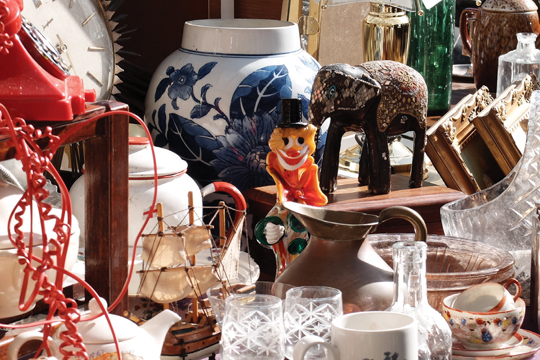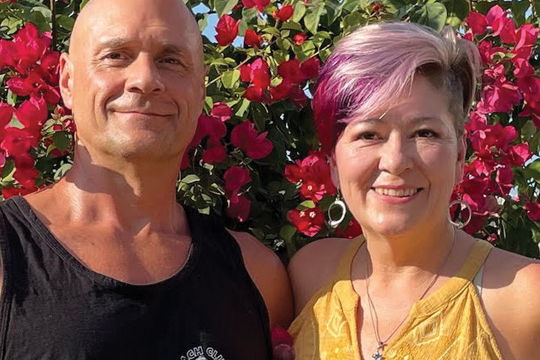
Your children love the thought of you downsizing and having less home to maintain, but they fear that you’re hoping to offload all of your belongings to them.
Your talk of downsizing is both a welcome idea and a terrifying prospect for your grown children. While they’re delighted by the thought of you living somewhere that will be easier to manage and may not require lawn-mowing and snow shovelling, they live in fear that your efforts to downsize will require them to upsize because of all the family treasures you’ll attempt to shovel their way.
It’s a fraught prospect. You’ve always imagined your children will take the family heirlooms — the china, the silver, the antique dining set — but they have grown up in a different generation, with different priorities, often including minimalism. And even if they genuinely like your stuff, they probably don’t have room for it.
“We knew we would be downsizing whenever the kids were out of the house,” says Winnipeg’s Connie Kehler, a member of the board of Federal Retirees and a retired assistant human resources director for the Canada Revenue Agency’s Prairie region.
She and her husband moved from a five-bedroom house for their blended family of four daughters to a two-bedroom condo and she discovered her children didn’t want much of what they had to get rid of because they had already mostly outfitted their homes.
After Kehler and her husband gave what they could to their daughters — one took the sectional couch and dining table that wouldn’t fit in the new condo — she still had a lot to purge. She held a large garage sale to get rid of anything of value and what didn’t sell, she gave away on Facebook’s Buy Nothing Project, which brings together neighbours who want to find good homes for their superfluous things — one can find everything from excess fresh herbs to antique heirlooms being offered on the site.

Federal Retirees members Connie Kehler and Greg Gozda downsized to reduce housing costs and allow them to head south for extended periods in the winter.
Sage talked to three experts across the country who had some other advice on how to save heartache when you’re parting with sentimental possessions.
“It’s really hard for family to turn things down from the matriarch,” says Cindy Beaudet, owner of Destinations Seniors Downsizing in Calgary. “I see this every day. A lot of [my clients] have lived through the Depression, they paid good money for their things and they think they’re valuable, but the market is tough.”
Beaudet will do her best to sell items the family doesn’t want, but often it’s not worth the time it would take to do so. Instead, she’ll offer them for free on sites such as Kijiji or donate them to women’s shelters or any number of charity thrift stores, some of which give tax receipts for the donation.
Beaudet is gentle, but firm — she calls it “politely blunt” — in dealing with clients who are having trouble letting go. Often, it’s easier for them to hear it from a professional than from family. And with clients who push back on giving away their belongings, she always asks if they’d rather do that or pay someone to take it away, which is another option if cost is not a factor.
“I tell them the only investment is real ‘known’ art, gold and silver,” Beaudet says, adding that she’ll melt down gold and silver.
Linda Chu, a Vancouver-based “move manager” with Out of Chaos, says there are value systems that conflict.
“There’s market value, sentimental value and retail value,” Chu says. “What you paid for the dining room suite, for example, doesn’t matter because the resale value today is zero. You can’t sell it. No one wants the 12-seater dining room tables anymore.”
Danielle Jasmin, of Jasmin Transition in Montreal, says she starts by asking her clients what things they absolutely want to bring with them when they move.
“I tell them, ‘If you only have 10 pieces you can bring, which would they be?” Jasmin says. “You start with the bedroom. You need a bed and night table. And then you work from there. The most important thing is to select what’s coming.”
All three experts said time is your friend if you want to get rid of things by selling them to someone who will value them or finding them a good home, such as a charity that will sell the objects and do good community work with the money.
Auctions and consignment houses are other options, but again, they will cherry pick the goods, take 30 per cent of the proceeds and you’ll still be left with lots to unload.

